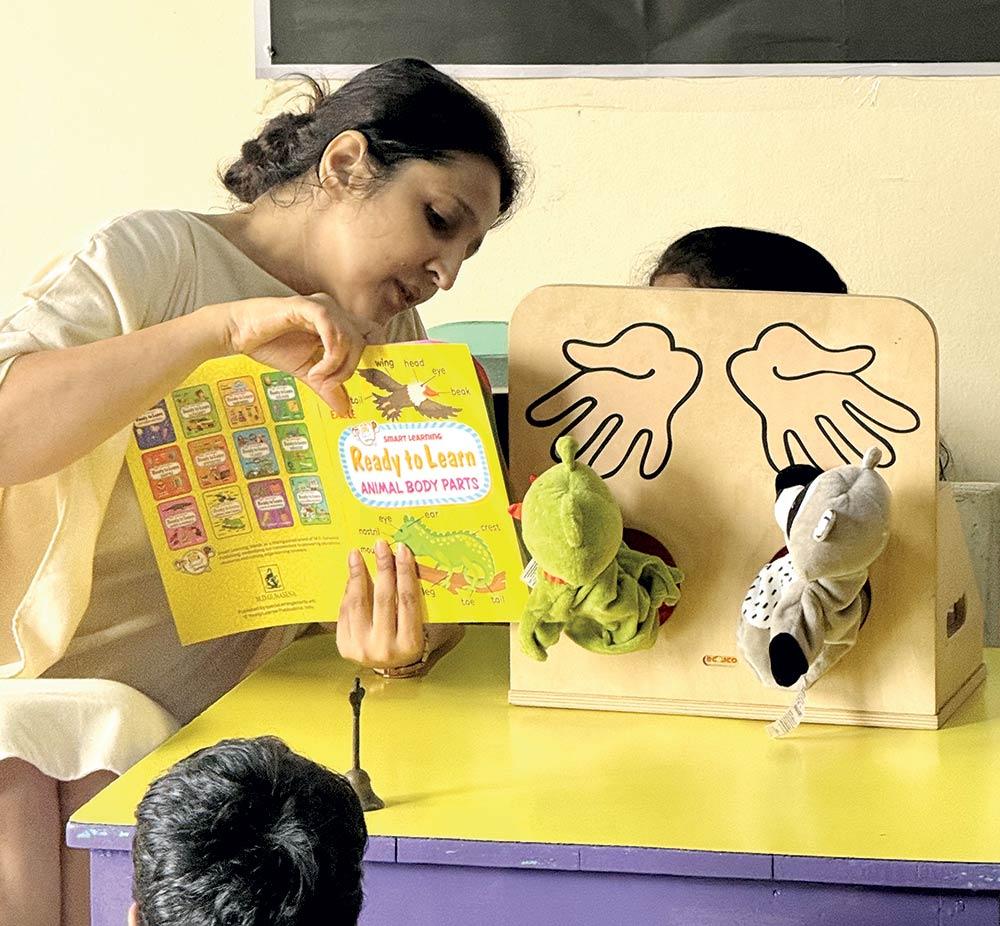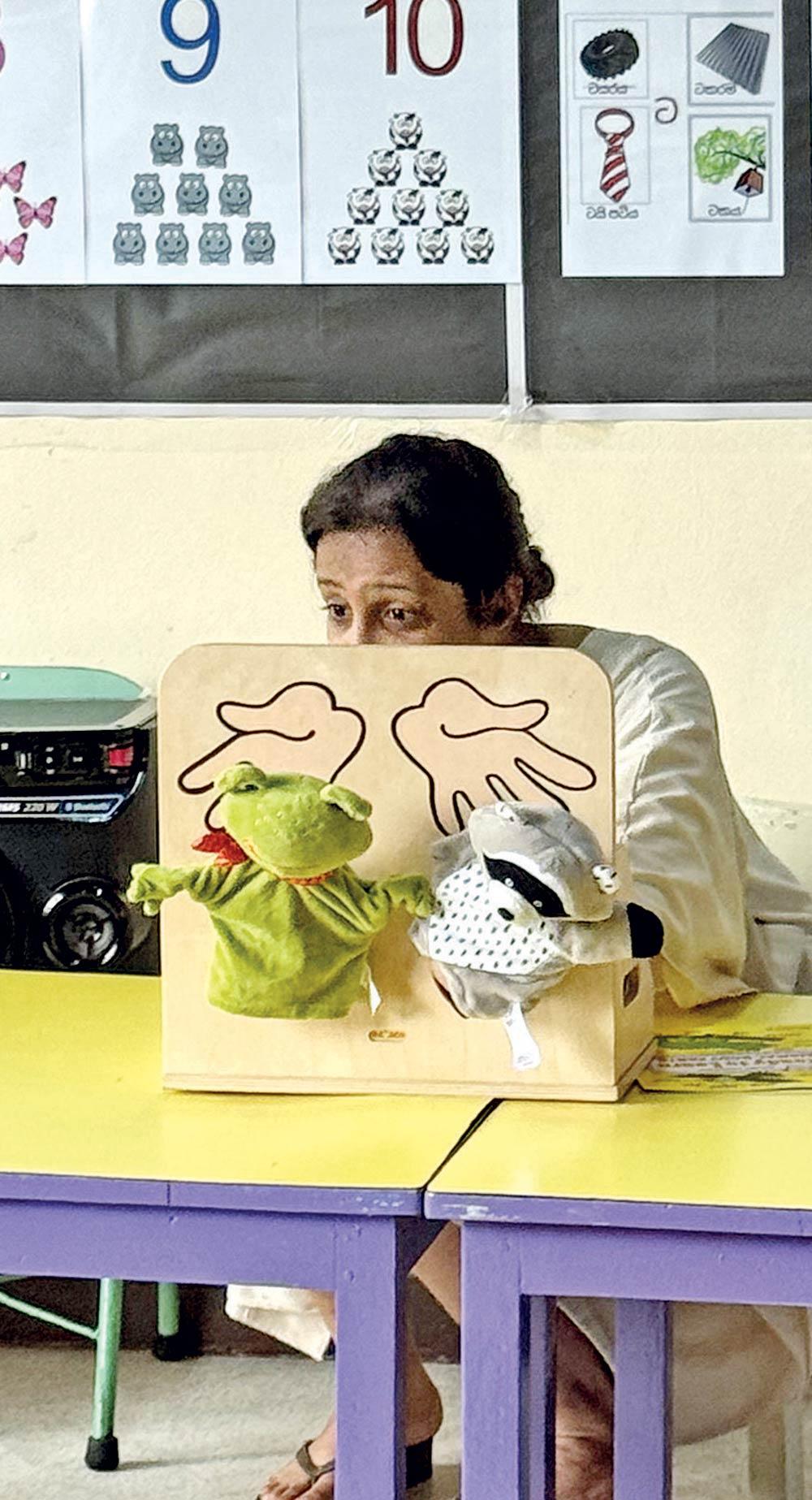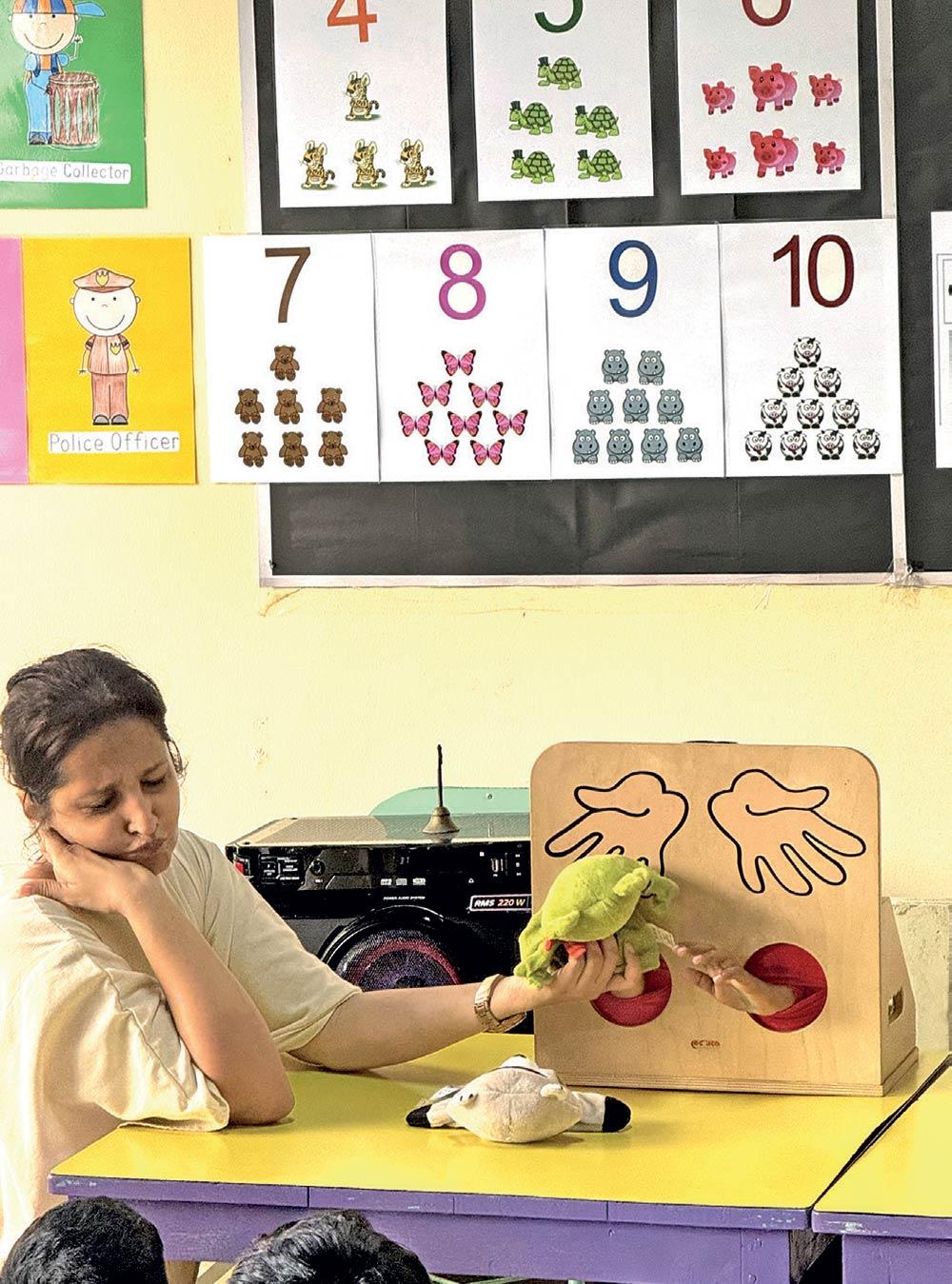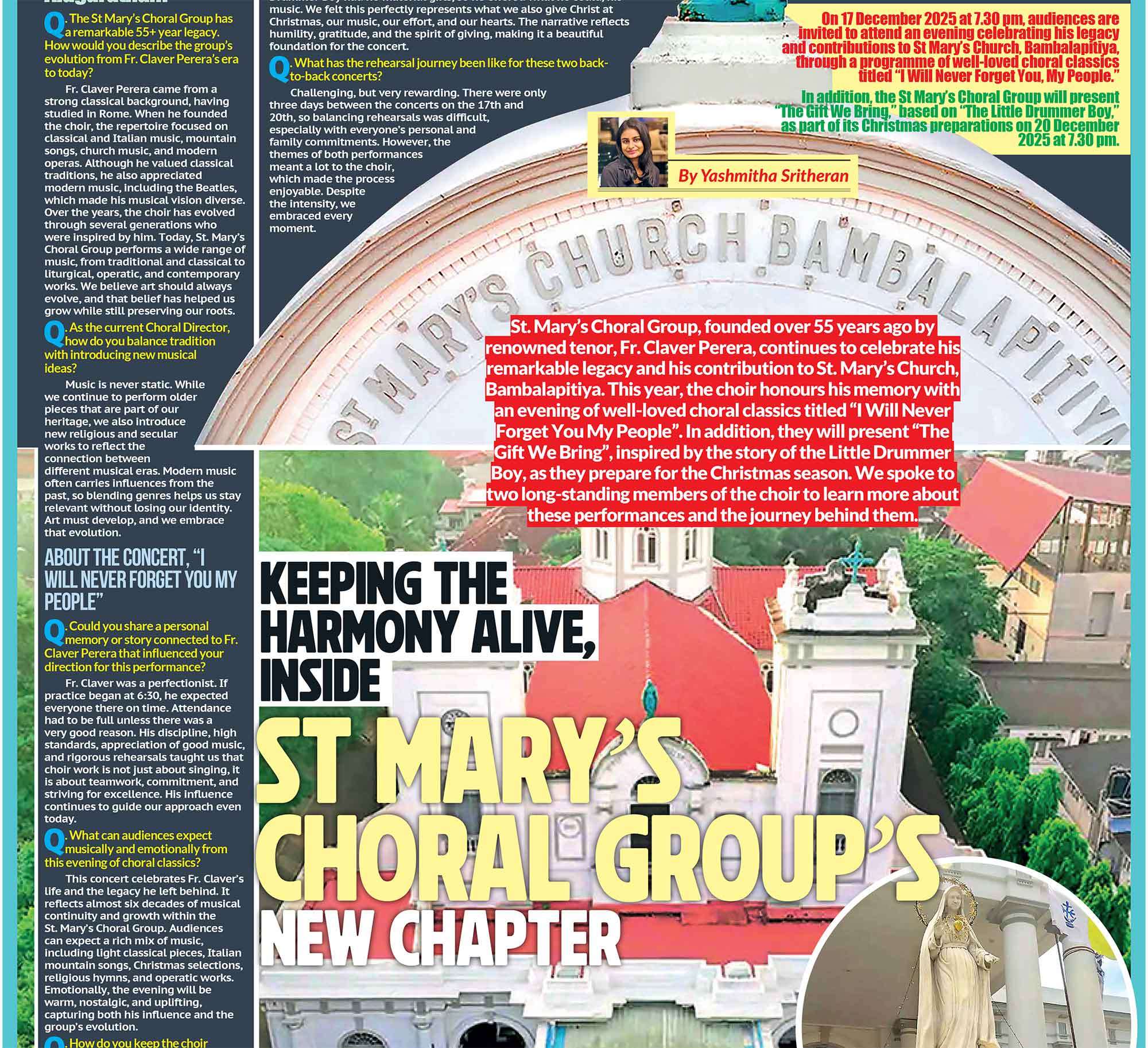
In a beautiful EYFS preschool, sunlight streamed through the bright curtains, illuminating a corner where laughter and curiosity met creativity. This was no ordinary classroom,it was a stage where imagination found a voice. And at the heart of it stood a handcrafted wooden puppet theatre, designed perfectly for little hands to bring characters to life.
01)
As the teacher, I often watched in awe as quiet whispers turned into confident storytelling. Puppetry, though seemingly simple, became a powerful medium through which language bloomed and inclusivity thrived. The day we began our “Puppets in the Barnyard” theme marked a turning point, not only for the children but for me as an educator who believed that creativity could unlock expression.
02)
Act I: The Awakening of the Wooden Stage
The puppet theatre stood proudly at child-height, its polished wooden frame glimmering with the energy of anticipation. Around it were tiny chairs, eager faces, and a box full of colourful puppets, cows, pigs, sheep, and a rather mischievous duck. Each puppet was a ticket to another world, one where words danced freely and children dared to speak without fear. I began the morning with a gentle introduction: “Today, our puppets will tell stories from the barnyard. Who wants to help them speak?” Hands shot up instantly, and with that, our adventure began. For many children, English was not their first language. Some spoke softly, hiding behind smiles, while others used gestures more than words. Yet, behind a puppet, even the shyest child found courage. As one little boy slipped his hand into the cow puppet, his first hesitant “Moo!” grew into a full sentence: “The cow is hungry!” That moment, simple yet profound, embodied what I had always believed, creativity liberates language.
03)
Act II: When Voices Found Their Strings
Over the weeks, the puppet theatre became a sanctuary of self-expression. We explored vocabulary through play, “cluck,” “neigh,” “baa” each sound paving the way for more structured sentences. Storylines evolved from one-word phrases to mini-dramas of friendship, adventure, and kindness. The theme Puppets in the Barnyard was more than a lesson; it was a linguistic playground. The children didn’t just repeat words; they embodied them. The duck waddled proudly, the sheep spoke with a soft tone, and the piglet giggled through rhymes. Each puppet mirrored the emotions the children wished to express but couldn’t yet articulate fluently. Inclusivity was the heartbeat of our play. Puppetry dissolved barriers of language, culture, and confidence. In our small wooden theatre, everyone’s story mattered.
A child who struggled to pronounce certain sounds found relief when the puppet “spoke” for them. Another, new to the group, connected instantly through shared laughter as their puppet’s tail got stuck in the pretend barn door. As one child said in glee, “Miss, the cow is my best friend, he listens to me!” In that moment, I realized puppetry wasn’t just an art, it was empathy in motion.
04)
Act III: Language in Motion
From a pedagogical lens, puppetry aligns beautifully with early childhood development. It integrates language, movement, and imagination, the three pillars of expressive learning. Through dramatic storytelling, children acquire vocabulary contextually. The wooden theatre acted as a bridge between the cognitive and the creative, the emotional and the linguistic. Each session began with group storytelling. I would model phrases like, “Once upon a barnyard morning…” and let the children complete the sentence. The responses were imaginative: “...the rooster forgot to wake everyone up!” or “...the cow painted the moon!” Laughter filled the room, but beneath it, authentic speech practice was taking root. Vygotsky once said, “What a child can do in cooperation today, he can do alone tomorrow.” I witnessed this unfold daily. The cooperative play that began behind the puppet stage eventually extended into free play and daily conversation. Children who once whispered began to chat confidently, their English blossoming through stories of their own making.
05)
Act IV: The Inclusive Magic of Strings and Stories
Puppetry also allowed every child, regardless of ability or background, to shine. The wooden theatre welcomed everyone equally. Some children preferred to manipulate the puppets silently, while others narrated with gusto. Together, they built stories that reflected cooperation, understanding, and shared joy. One memorable day, we created a group story called The Lost Lamb and the Helpful Hen. Each child contributed a line. One said, “The lamb was sad,” another added, “The hen said, don’t worry, I’ll help!” By the end, they had woven a full story arc, complete with dialogue, emotion, and rhythm. It wasn’t just a performance, it was a celebration of inclusivity through voice. The puppets became storytellers, translators, and friends. Their wooden theatre turned into a democratic space where every voice had equal weight. And perhaps that is the truest power of creative teaching, it equalizes the classroom by making learning joyful, imaginative, and human.
06)
Act V: The Curtain Falls, but the Voices Remain
Weeks later, as I watched the children take their final bow with their puppets in hand, I realized that something transformative had happened. Their speech had grown, not only in fluency but in confidence, emotion, and connection. They no longer repeated words mechanically; they owned them. Through puppetry, English speaking had become art. It was no longer about grammar or correctness but about communication and joy. The children learned to listen, to take turns, to improvise. They laughed, they debated, they empathized, all through their tiny wooden stage. The wooden puppet theatre may have been small, but within its frame, voices found wings. It was proof that creativity is not a supplement to education, it is the soul of it. As I dimmed the classroom lights one afternoon, a little girl whispered to her puppet, “Good night, Mr. Cow, see you tomorrow.” Her words, soft yet self-assured, echoed the journey we had all taken, from silence to speech, from imitation to imagination. And as the puppets rested quietly in their box, I smiled, knowing that their stories, and the children’s newfound voices, would continue long after the curtain had fallen.
07)
Observed Benefits:
Drama revealed its quiet magic as children stepped into imagined worlds, finding words, confidence, and connection through play. Their speech grew more expressive, their listening more attuned, and their teamwork more heartfelt. In that wooden puppet theatre, language became alive, woven through laughter, movement, and story. It was a space where multilingual learners spoke without fear and every child felt seen. As Sir Ken Robinson once said, “Creativity is as important in education as literacy, and we should treat it with the same status.” And through creative teaching, those words found their truth, language learning became not a lesson, but a living, breathing experience.













